Offences Against By Society
Reimagining the relationship between ‘Crime’ and ‘Society’
Author: Shreyash Dube, a student at National Law University, Sonepat.
Introduction
One of the first concepts taught to a law student is the difference between private wrong and a public wrong. As Blackstone puts it, “Wrongs are divisible into two sorts or species, private wrongs, and public wrongs. The former are the infringement or privation of private or civil rights belonging to individuals, considered as individuals, and are thereupon frequently termed civil injuries; the latter, are breach and violation of public rights and duties which affect the whole community considered as a community; and are distinguished by the harsher application of crimes and misdemeanours.”. Thus, we may infer that while private wrongs only hurt the individual, public wrongs are offences against the society at large. This article challenges this ubiquitous definition of crime. It further interrogates whether this definition is in line with the developments in criminology. It asks, Is society always a victim in cases of crime? Can society also be a cause of violence or harm against the victim? Finally, how can we put society on trial and take action against it?
Understanding the Current Criminal Justice System
The current criminal justice system has an adversarial style with a ‘prosecution’ and ‘defence’. However, there are three (technically four) parties involved; offender, victim, state (and society). Since there is an assumption that a crime is an ‘offence against society’, meaning that the actions of society affect the society as well apart from the immediate victim. Thus, the state prosecutes the offender on behalf of the society and the victim. The Supreme Court has noted on various occasions that cases related to heinous crimes such as murder and rape cannot be quashed even if a compromise is reached between the victim or the victim’s family and the accused. This is due to the fact that such cases are no longer private in nature and concern the society at large. Thus, the interest of society may even triumph over those of the actual victim of a crime. From the aforementioned observations we can identify the key axioms of the current system; 1) Crime is an act committed against society by an individual. 2) The goal of the Criminal Justice System is to deter crime through punishment.
One can easily identify the key issues with these ideas. First is the negligence of the victim, second is the burden of responsibility for crime being shifted entirely onto the individual without any role of the ‘society’. Finally, the focus is primarily on punishment and deterrence and not rehabilitation.
Society and Crime: A History
The historical roots of the current system may be traced back to the advent of rationality and utilitarianism, to one nobleman from Milan, Cesare Beccaria. In the times of arbitrary and often extreme punishments given out for even the pettiest of crimes, Beccaria devised the calculus for various crimes and their correlating and proportionate punishment. Beccaria envisioned punishment as “. . . not to torment and afflict a sentient person . . . (but) to prevent the criminal from doing more damage to his co-citizens and to deter others from doing likewise. “ Many scholars refer to this as ‘hedonism without harshness’. These ideas stood on assumptions of rationality and free will of humans. The ideas of Beccaria proved to be widely accepted across Europe. It still has a lasting impact on criminology and criminal law.
However, an important question was yet to be answered; what causes crime in the first place? Earlier theories of crime asserted that it was the criminal who was biologically, genetically, or intellectually inferior. The ‘born’ criminal was one whose skull was deformed. A new perspective would be brought forth with the introduction of statistics and sociology. In the early 19th century, the national crime statistics were published in France. The same would be studied and analysed by Adolphe Quetelet. He was able to observe patterns and correlation between societal structures and criminal behaviour. This ultimately led him to conclude that “(society) prepares the crime, and the guilty are only the instruments by which it is executed.” Finally, the focus would shift to society as a causing agent of crime and not just the recipient of it.
How Does Society Contribute to Crime?
At the outset, it must be clarified that by shining light on the wrongs committed by the society, the idea is not to take away the responsibility of the individual offenders. Just like an offence can hurt the victim and the society, the society too can be an offender besides the individual offender. It is neither the intention to hold individual members of society as accountable for the acts of another.
Society can contribute to crimes in a number of direct and indirect ways. A keyway society perpetuates crime is due to the economic structures it produces. However, currently we shall look towards how society perpetuates violence due to the ideas and beliefs it holds. Violence against women, especially ‘rape’ is a heinous offence. Courts often describe in lucid details how rape is a vile offence against society. However, sociologists and feminists have proven time and time again how societal structures and patriarchal attitudes. An Indian Patriarchy Index, (summarised here) points out that northern states of Rajasthan and Haryana were the most patriarchal while southern and northeastern states were generally lower. On the other hand, analysis of crime statistics released by the NCRB by India Today, showcased that Haryana, Delhi and UP were once again amongst the top states for rape cases reported. It is pertinent to note that reporting of the crimes in the first place also plays a major role in dealing with crime statistics. However, in this case, correlation (between patriarchy and violence) IS causation. A similar argument can be developed on the role of casteism, and offences committed against members of the SC/ST community.
How to Hold Society Responsible?
Courts usually give out sentences to punish individual offenders. ‘Society’ on the other hand cannot be made to stand on trial, it would be quite a difficult task to stuff the entire populace in our ill-equipped courts. However, the criminal justice system still can provide certain remedies against society.
The first may be compensation. Provisions on victim compensation, Section 357 of the Criminal Procedure Code,1973, have already been incorporated after an arduous and long fight. What should be modified is the intention behind it. Currently. The arguments for victim compensation relied on the principle of humanism and Article 21 which are integral to the Indian Constitution. This gives the picture that compensation is the result of compassion and charity on part of the state and society. However, it is argued that because in some cases society also plays a role in causing such crimes, such compensations can also act as a punitive measure against it. Compensation can be used to hold the society accountable as ultimately the compensation is funded by the taxpayer’s money. Compensation goes from a duty of the state to a right of the victim against the society that has caused hurt. It is not at all argued that punishing society should be the focus of compensation, it can serve as a secondary function.
Now the above mentioned does not change the existing system. It reaches the same solution from an alternate path. However, the second solution proposes certain reforms of the criminal justice system. It is suggested that ‘hate crimes or bias crimes should be recognised as a category of crimes within the IPC. Hate crimes are different from traditional crimes, especially in terms of the mental intention behind them. Hate crimes are crimes committed because of the victim’s group-based traits. The FBI defines them as, “criminal offense against a person or property motivated in whole or in part by an offender’s bias against a race, religion, disability, sexual orientation, ethnicity, gender, or gender identity. We already discussed how offences against women, religious or caste groups may be committed due to societal mentality. Currently India has no legislation on hate crime. Once hate crimes are recognised, the judges can analyse to what extent the individual actions were influenced by hatred. NCRB would also be able to maintain data on hate crimes, which it earlier discontinued due to a lack of proper definition.
Once the state and society recognise and identify hate crimes or bias crimes, they will ultimately be forced to deal with them. Most criminal justice scholars agree that hate crimes are different from traditional crimes and therefore will require a different approach in solving them. In most cases, especially in cases of hate crimes against women or the minority, the motivation for ‘hate crimes’ would ultimately be traced back to the offender’s group or society’s structure and ideology. Therefore, to solve hate crimes the criminal justice system would have to move from the reformation of the individual to the reformation of society. The judiciary along with the executive agencies and institutions can identify hotspots of hate crime and call for social campaigns or educational mechanisms to be implemented in the area. Thus, reforming society, and not just the offending individuals, would also become an integral part of the criminal justice system.
Conclusion
We have come a long way from reducing a criminal to an inferior irrational being deserving of severe punishment and isolation to recognising the influence of the environment on crime causing behaviour. We have also realised the need for reformation of the criminal and also the rehabilitation of the victim. As we now progress towards an even deeper understanding of crime and its causes, it is also time we as society take active responsibility and reform ourselves; economically, politically, and socially. The role of society has long been overlooked in crime. This article was an effort to reimagine the relationship between crime and society to reflect the realities of today.

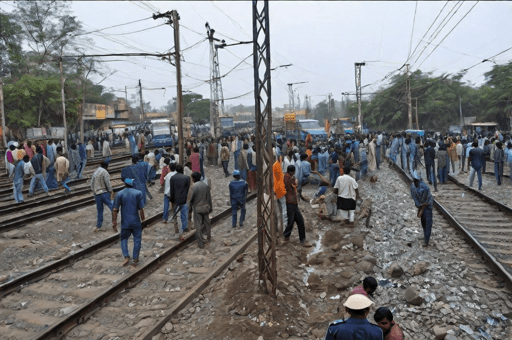
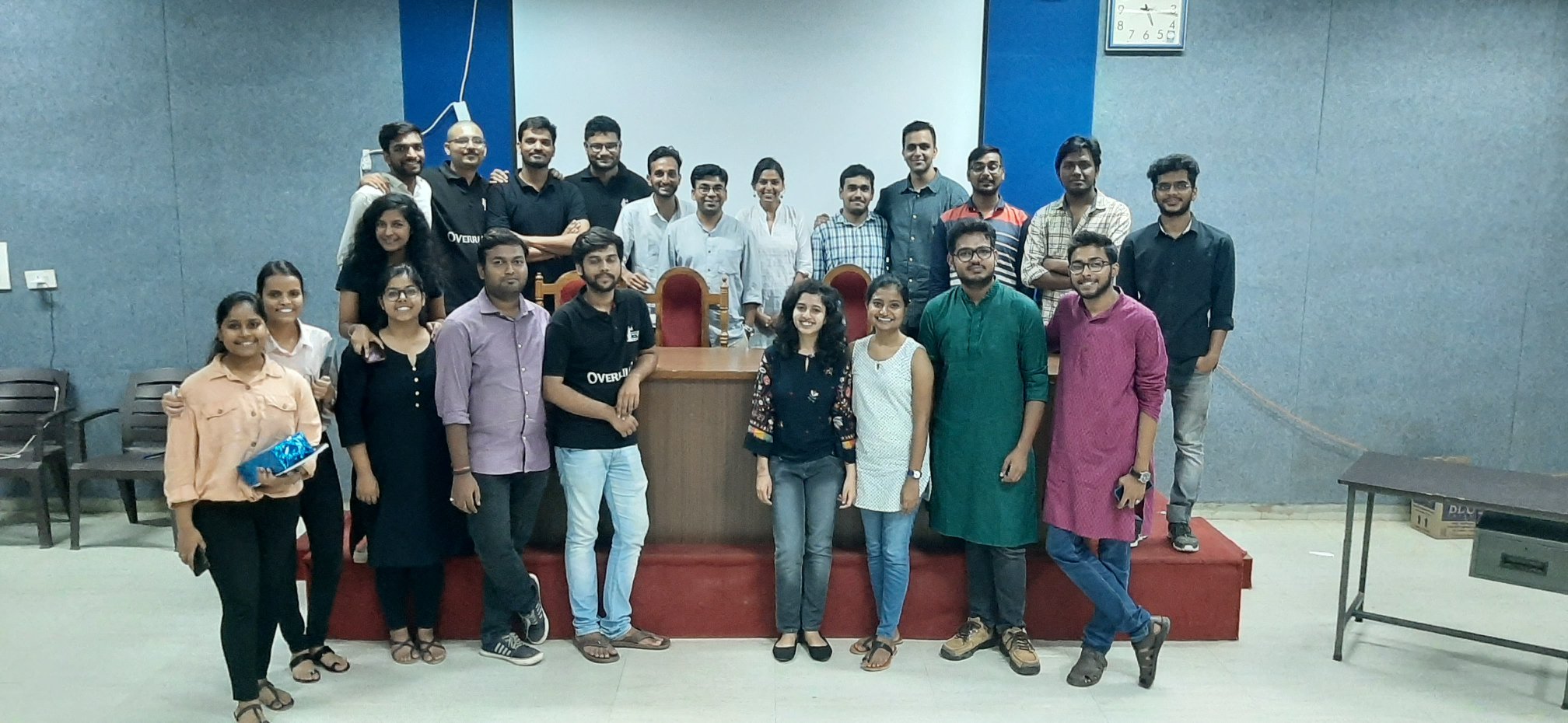
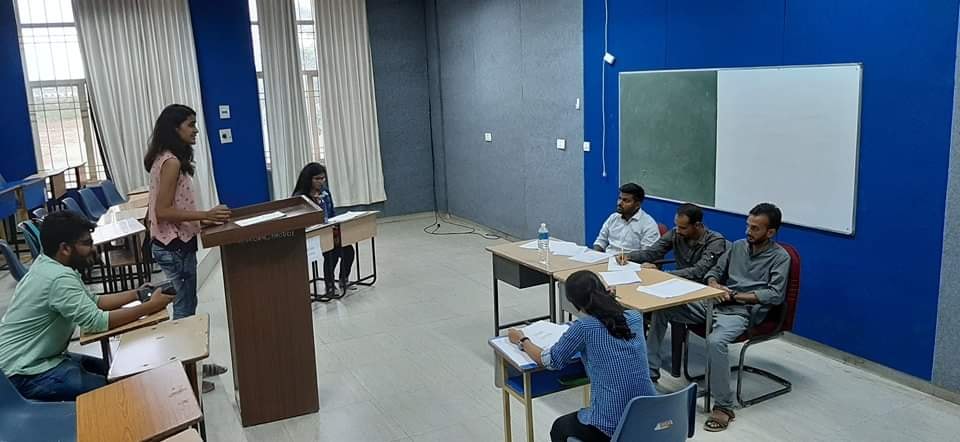
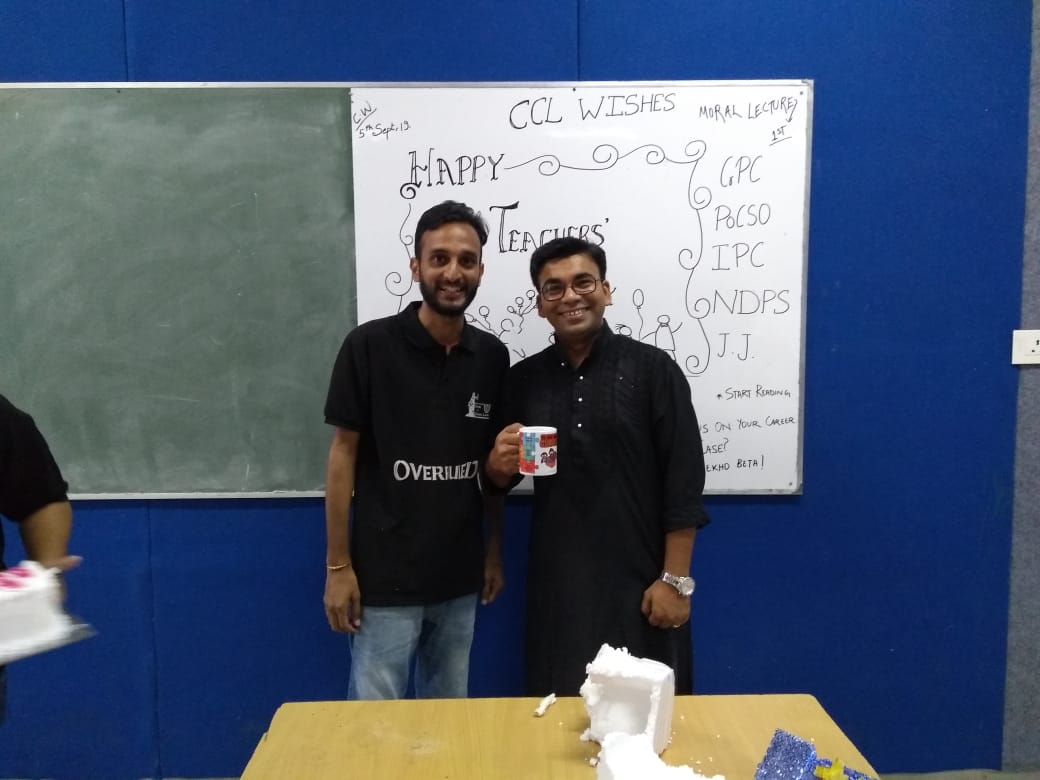
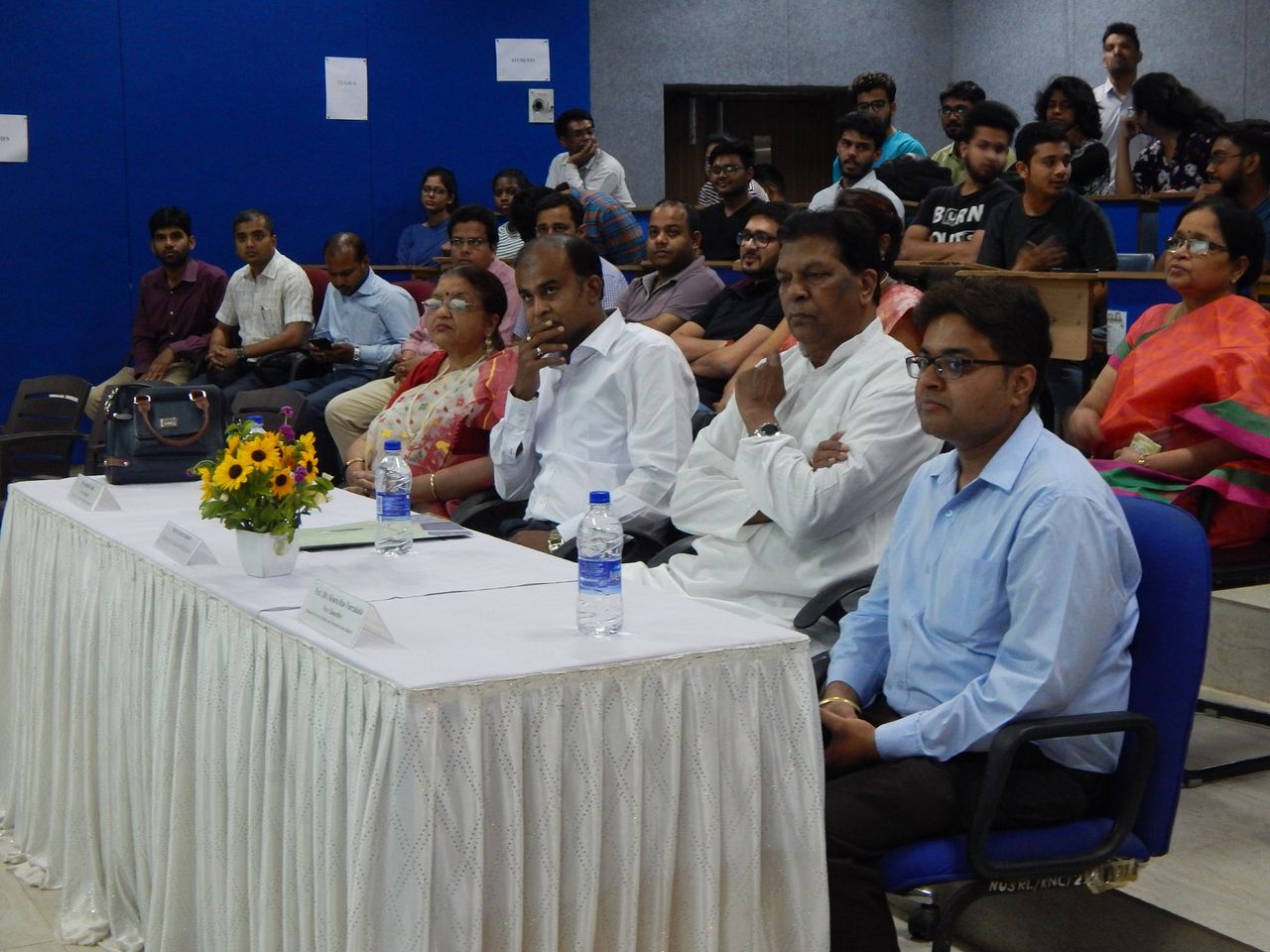

Leave a comment